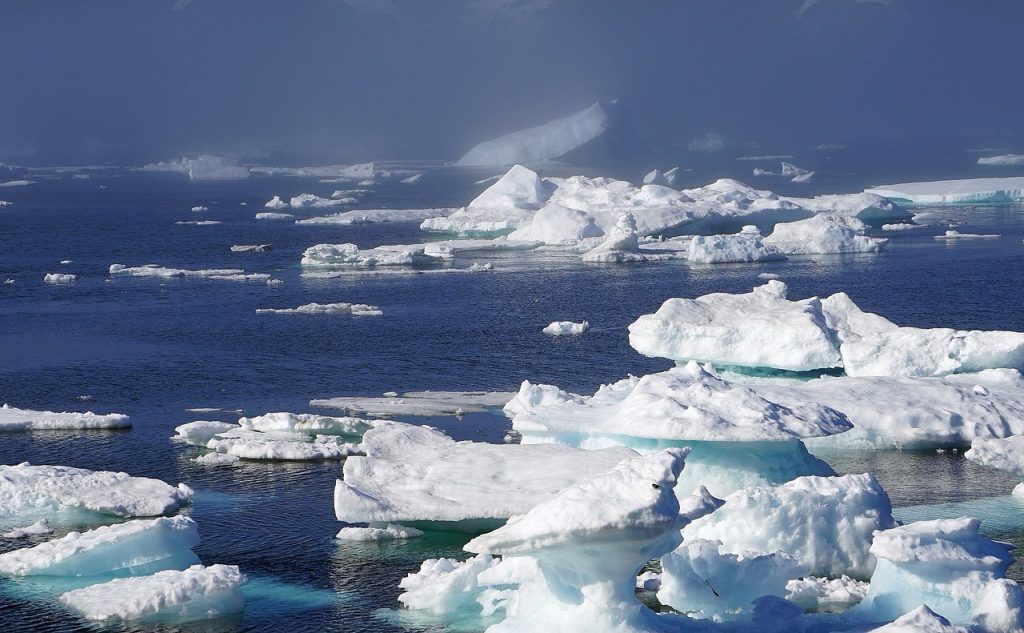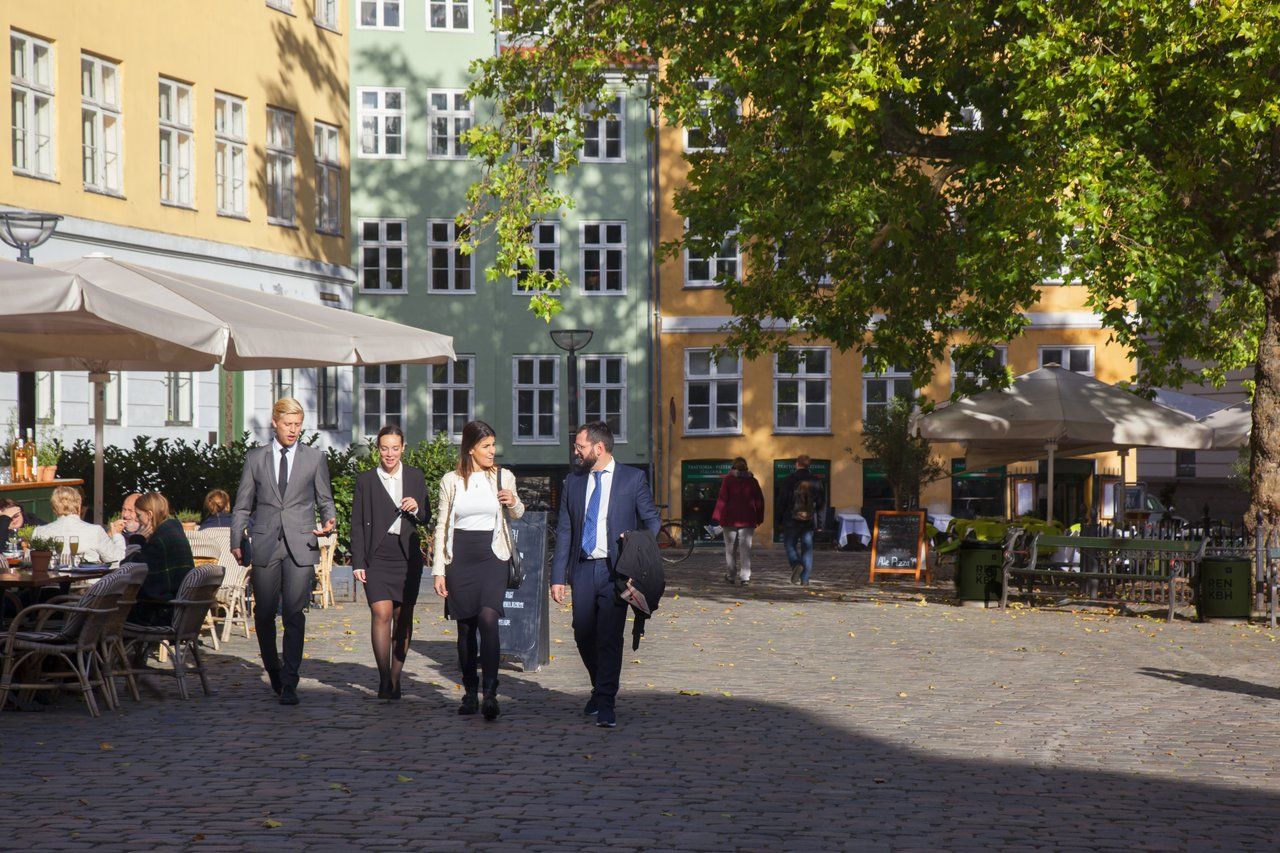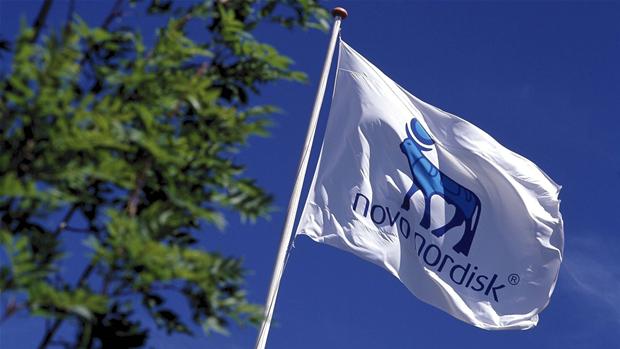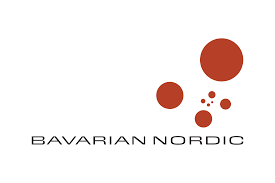Years of regulated fishing in Danish waters look to have paid off, as North Sea cod numbers are now at their highest level since 1983. Meanwhile, plaice numbers in the North Sea and Skagerrak Strait have never been higher.
Aside from cod, plaice and sprat, other fish species are also improving in numbers in Kattegat and Skagerrak. Herring, haddock, hake, dab, witch and the langoustine are all going in the right direction.
“It’s a fantastic story. It’s been possible to curb the decline and see a positive development,” Eskild Kirkegaard, the chairman of ICES, the intergovernmental organisation concerned with marine and fisheries science, told Politiken newspaper.
“Cod in the North Sea have been in crisis for many years, but now the stock has almost tripled in the last 10 years and we are seeing more large, mature cod and an all-round better utilisation of the stock.”
READ MORE: Government hooks sustainable fishing agreement
Higher fishing quotas
The news means that fishing quotas for sprat should more than double, while the fishing industry will in future be permitted to catch 20 percent more cod in the Kattegat Strait.
New higher fishing quotas will come into effect in 2016.














